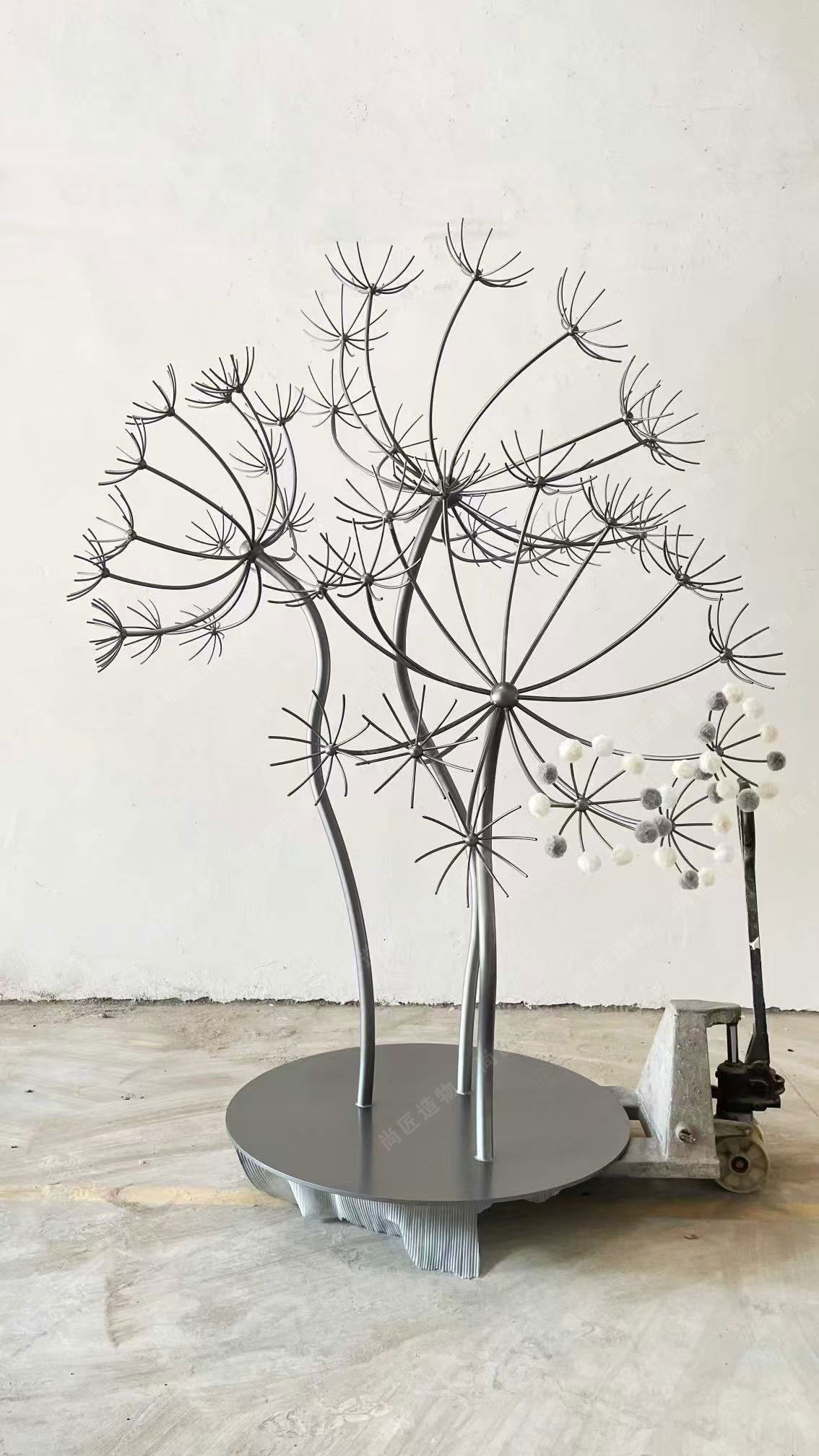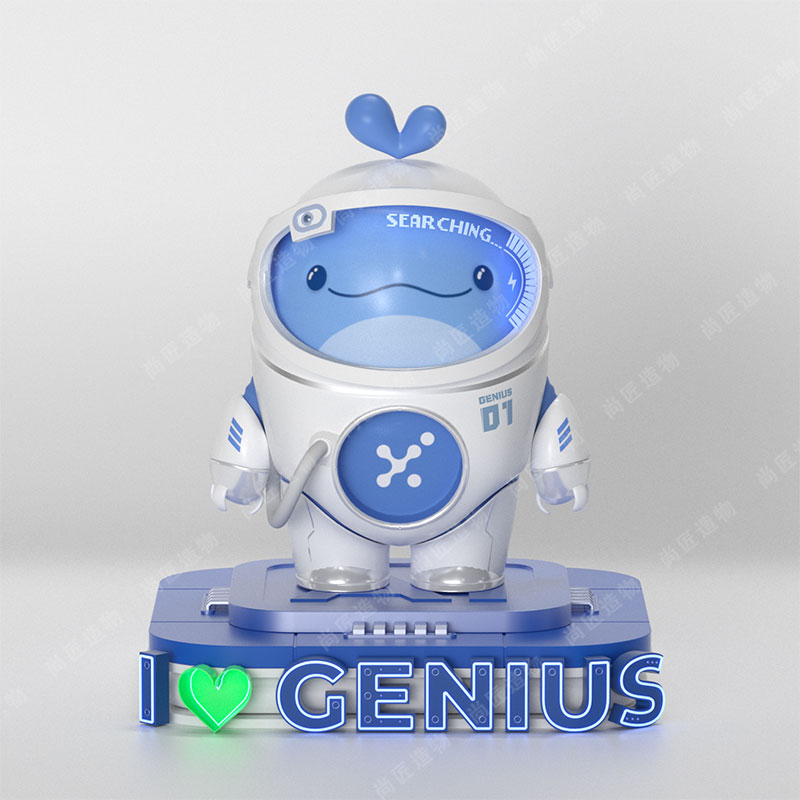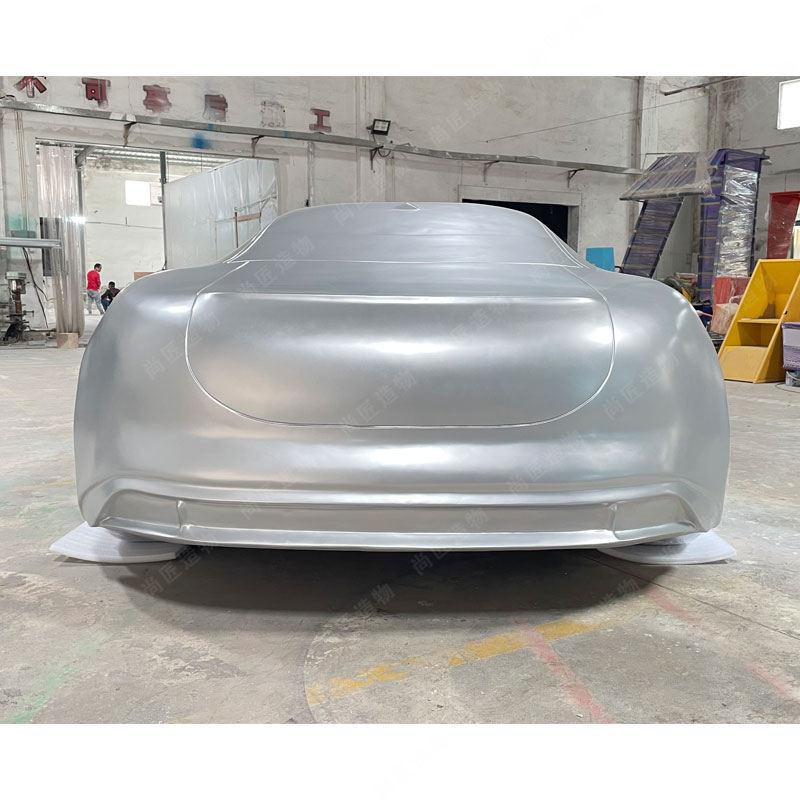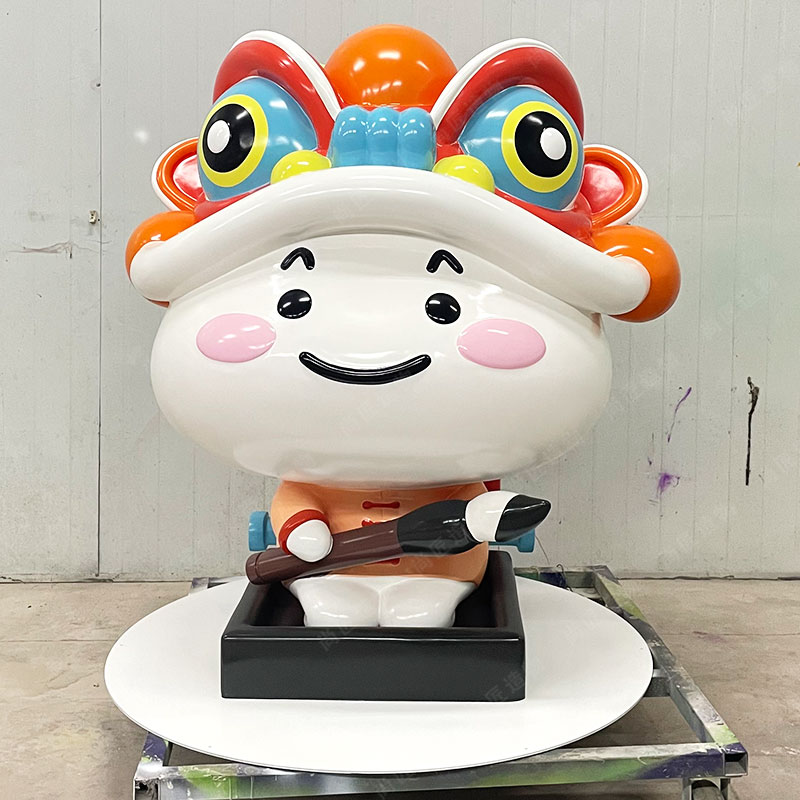Key Takeaways
Understanding legal boundaries for realistic character sculptures requires examining how intellectual property laws apply to three-dimensional interpretations of copyrighted figures. Core considerations include:
| Factor | Impact on Sculpture Legality |
|---|---|
| Transformative Nature | Works adding significant new meaning have stronger fair use claims |
| Commercial Scale | Large-scale sales increase infringement risks substantially |
| Copyright Holder Policies | Companies like Disney enforce more aggressively than others |
"The line between fan art tribute and copyright violation often depends on whether the work competes with official merchandise markets," observes an entertainment law specialist.
Key distinctions emerge between sculptures that reinterpret characters through unique artistic vision versus those directly replicating copyrighted designs. While some rights holders tolerate small-scale fan creations, most challenge commercial operations that exploit their intellectual property without licensing. This analysis further explores how sculptors navigate fair use doctrines, licensing gaps, and varying enforcement approaches across different copyright holders. Legal exposure escalates when artists profit from recognizable character traits protected under trademark and copyright law.

Fair Use in Character Sculpture
In legal contexts, the doctrine of fair use provides a limited defense against copyright infringement claims. For creators making realistic sculptures of copyrighted characters, such as those from Marvel or Disney, whether a sculpture qualifies as fair use hinges primarily on its transformative nature. This means the sculptor must add significant new expression, meaning, or message, fundamentally altering the original character beyond mere replication. A straightforward, highly accurate reproduction of Iron Man as an action figure replica likely infringes, whereas a sculpture reimagining the character in a distinct artistic style, satirical context, or commentary might be transformative. Courts weigh four factors: the purpose and character of the use (https://en.artmovr.com/) alone doesn't constitute sufficient transformation if the character depiction remains substantially identical. The commercial intent behind selling such sculptures is a major factor copyright holders like Disney scrutinize when deciding whether to enforce their rights.
Transformative Works vs IP Infringement
Distinguishing between transformative fan art and actionable copyright infringement is critical for sculptors creating realistic depictions of copyrighted characters like those from Marvel or Disney. Transformative works add significant new expression, meaning, or message, fundamentally altering the original character's purpose or context. Examples might include reimagining a superhero in a classical art style or depicting a character in a satirical pose that comments on the original work. This potential transformation is a key pillar of the fair use defense. In contrast, infringement typically involves sculptures that are substantially similar copies created primarily for direct commercial exploitation, like mass-producing exact replicas for sale without permission. While some copyright holders may tolerate non-commercial transformative fan art as promotional or community-building, they almost universally enforce against sculptures perceived as mere substitutes for licensed merchandise, especially when sold. The line can be nuanced, often resting on whether the new work's purpose and character differ sufficiently from the original protected expression, moving beyond simple reproduction into something new. Exploring how artists reinterpret form and movement, like in certain kinetic sculpture, can sometimes illustrate this transformative potential. Understanding this difference helps navigate the legal risks associated with unauthorized sales.

Copyright Tolerance for Fan Art
The phenomenon of copyright holders selectively tolerating fan-created sculptures exists within a complex grey area. While large entities like Disney and Marvel vigorously protect their intellectual property against unauthorized commercial merchandise, they often adopt a more lenient stance towards non-commercial fan art. This tolerance frequently stems from recognizing the passionate fanbase driving such creations and understanding that small-scale, artistically motivated sculptures rarely threaten official revenue streams or market saturation. Crucially, the perceived artistic merit and transformative nature of the work play significant roles; a unique interpretation showcasing individual skill is less likely to trigger enforcement than a direct, mass-produced replica. Fan artists operating within this space typically avoid direct sales channels and emphasize the personal, non-commercial nature of their work, sometimes experimenting with different materials and scales, including Fiberglass sculpture, to signal artistic intent rather than commercial replication. This pragmatic, albeit unofficial, tolerance allows fan creativity to flourish without necessarily inviting legal action, though it remains an informal understanding rather than a legal right.
Licensing Gaps in Merchandise Sales
The commercial landscape for character-based merchandise often reveals significant gaps in licensing frameworks. While major studios like Disney or Marvel maintain extensive licensing programs for mass-produced items, these systems frequently fail to address smaller-scale or artist-driven markets. This creates ambiguity for creators producing IP character sculpture. Standard merchandise licenses typically cover high-volume factory production of common items like apparel or toys, not necessarily limited-edition sculptures sold directly by independent artists. Consequently, fan sculptors operating outside authorized licensee networks find themselves in uncertain territory. The licensing agreements rarely specify thresholds for production quantity, artistic interpretation level, or direct sales channels relevant to artisan creators. This structural gap leaves room for interpretations about permissible activity, sometimes leading creators to mistakenly assume their small-scale operations fall under tolerated fan art rather than requiring formal permission. However, the absence of explicit authorization mechanisms for such niche products does not negate the underlying intellectual property rights held by corporations.
Legal Risks of Unauthorized Sculptures
Creating and selling realistic sculptures depicting copyrighted characters like those from Marvel or Disney carries significant legal hazards. Copyright holders possess exclusive rights to reproduce, distribute, and create derivative works based on their protected intellectual property. Unauthorized commercial reproduction of such characters in physical form, particularly highly detailed realistic sculpture, typically constitutes direct infringement. This bypasses any potential arguments for transformative fair use, as the sculptures directly replicate protected character traits for commercial gain without permission. Consequently, artists and sellers face serious potential consequences. Rights owners, especially large entities like Disney, frequently enforce their copyrights rigorously. Legal actions can include cease-and-desist orders demanding immediate halt to sales, seizure of existing inventory, and lawsuits seeking substantial monetary damages, potentially including statutory damages and recovery of profits. The risk escalates significantly when the sculptures are mass-produced or sold widely, moving further away from potentially tolerated small-scale fan art activities. Understanding these severe repercussions is vital before engaging in such ventures.
Fan Artists Navigating IP Laws
When creating realistic sculptures of popular characters, fan artists must carefully navigate intellectual property laws to avoid infringement claims. This involves understanding where transformative interpretations may differ legally from direct commercial reproductions of protected designs. Many artists intentionally alter proportions, artistic styles, or contextual settings to establish distance from the original copyrighted work, hoping to position their creation within more permissible territory. Simultaneously, they often assess copyright holder enforcement patterns; some companies tolerate small-scale, non-commercial fan art, while others consistently protect their properties. For those venturing into sales, evaluating licensing gaps becomes crucial, particularly regarding derivative Cartoon sculpture merchandise. This practical navigation requires constant awareness of shifting legal interpretations and the inherent risks of producing unauthorized merchandise, balancing creative expression against potential legal consequences.

Disney Marvel Copyright Enforcement
Disney and Marvel maintain notably aggressive positions regarding the unauthorized commercial reproduction of their copyrighted characters. Their enforcement actions are primarily directed at merchandise perceived as direct copies or mass-produced commercial items lacking significant transformation. The companies actively monitor online marketplaces and physical stores for infringing goods, issuing cease-and-desist letters and pursuing litigation against manufacturers and sellers profiting from unlicensed depictions of characters like Spider-Man or Iron Man. This vigorous protection strategy stems from the immense value embedded within their character portfolios and the potential market confusion or dilution unauthorized merchandise can cause. However, enforcement intensity often correlates with the scale of the operation and the perceived threat to licensed revenue streams. While large-scale manufacturers face swift legal action, smaller fan artists creating unique, limited-run sculptures might operate under the radar longer or be deemed lower priority, reflecting a practical, resource-focused approach to safeguarding their intellectual property rights. This selective enforcement creates a complex landscape for creators navigating the boundaries between infringement and tolerated fan expression.
Character Sculpture IP Boundaries
The legal boundaries surrounding realistic character sculptures, particularly those depicting copyrighted figures from major franchises like Marvel or Disney, are complex and often contested. These boundaries become crucial when determining whether a specific sculpture crosses the line from permissible expression into infringement. Key factors include the recognizability of the character's unique traits, the extent of copying protected elements like specific poses or costumes, and the commercial context of the sale. Courts often examine if the sculpture creates substantial similarity to the original protected work and whether it might cause public confusion about official affiliation. While transformative interpretations exist, directly reproducing a character's distinct likeness for commercial gain without authorization typically falls within the rights holder's exclusive domain. Understanding these specific limits – where inspiration ends and infringement potentially begins – is vital for artists navigating this field, as the consequences for crossing them can be significant. This sets the stage for examining how rights holders like Disney enforce these boundaries.

Conclusion
Ultimately, navigating the legal boundaries for creating and selling realistic sculptures of copyrighted characters demands careful consideration. Fan artists operate within a complex framework where artistic expression meets strict intellectual property rights. The distinction between transformative works, which may find shelter under fair use, and direct commercial reproductions remains legally significant yet often ambiguous in practice. Copyright holders like Disney and Marvel exhibit varying levels of tolerance, influenced by factors such as market impact and perceived brand dilution. This ongoing negotiation highlights the inherent tension between creative fan engagement and the robust protection afforded to iconic characters. Understanding the potential legal consequences, including infringement claims and demands for profit disgorgement, is crucial for anyone venturing into this space. Successfully operating within these IP boundaries requires not just artistic skill, but also a clear awareness of the licensing landscape and the ever-present risks of unauthorized merchandise sales.

Frequently Asked Questions
Can I legally sell sculptures of copyrighted characters if I change them slightly?
Minor changes usually don't make it legal. Copyright protects the character's overall look and distinctive features. Simply altering small details typically doesn't avoid infringement if the character remains clearly recognizable as belonging to someone else, like a famous superhero.
What exactly makes a sculpture "transformative" under fair use?
A truly transformative work significantly adds new meaning, message, or artistic expression beyond the original character. It's more than just copying in a different medium. Courts look at whether the new work comments on, criticizes, parodies, or places the character in a wholly new context, offering something substantially different to the audience.
Why do some companies ignore small fan artists while others enforce copyright strictly?
Copyright holders have discretion. Some tolerate non-commercial or very small-scale fan art as good fan engagement. Others consistently enforce to protect their brand value and licensing revenue. Enforcement often increases significantly when sales reach a level seen as competing with licensed merchandise or potentially damaging the brand's image.
Is selling fan sculptures online always illegal?
Selling sculptures of copyrighted characters without permission is generally infringement, regardless of the platform (online marketplaces, social media, personal websites). The risk of legal action, like receiving a cease-and-desist letter or lawsuit, exists, though actual enforcement varies widely depending on the copyright holder's policies and the scale of the sales.
What are the biggest legal risks for selling unauthorized sculptures?
The primary risks include receiving a cease-and-desist letter demanding you stop, being sued for copyright infringement (potentially owing damages and legal fees), having your online sales listings removed, and in some cases, having your inventory seized. The financial and legal consequences can be significant.
 ch
ch English
English






